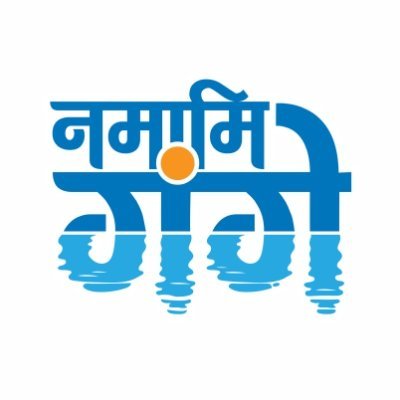Centre Reviews River Rejuvenation Progress, Calls for Stronger State Action
In her opening remarks, Secretary Debashree Mukherjee stressed that river rejuvenation is not only an ecological necessity but also a social and economic imperative.

- Country:
- India
The 20th Meeting (Part-II) of the Central Monitoring Committee (CMC) on river rejuvenation was convened today under the chairpersonship of Smt. Debashree Mukherjee, Secretary, Department of Water Resources, River Development & Ganga Rejuvenation (DoWR, RD & GR).
The high-level review meeting was attended by Shri Rajeev Kumar Mital, Director General of the National Mission for Clean Ganga (NMCG), Shri Karan Singh, Joint Secretary of the National River Conservation Directorate (NRCD), the Executive Director of the Namami Gange Mission, as well as senior representatives of State Governments and State Pollution Control Boards. The session focused on the progress and challenges in river rejuvenation projects across 15 states.
Rejuvenation as an Ecological and Economic Priority
In her opening remarks, Secretary Debashree Mukherjee stressed that river rejuvenation is not only an ecological necessity but also a social and economic imperative. She underlined that restoring rivers improves water security, supports livelihoods, enhances biodiversity, and strengthens resilience against floods and droughts.
She urged states to fast-track interventions in key areas, including:
-
Floodplain zone demarcation and protection.
-
Completion of sewage and solid waste management projects.
-
Strict enforcement of compliance by sewage treatment plants (STPs) and common effluent treatment plants (CETPs).
-
Adoption of innovative measures for reuse of treated wastewater, especially in agriculture and infrastructure.
“All state efforts must be solutions-oriented and sustainable, aimed at improving river water quality and restoring ecosystem health,” the Secretary said.
Progress Across States
The Committee noted encouraging trends in several regions, citing a reduction in the number of polluted river stretches between 2018 and 2022, based on CPCB assessments.
-
Sikkim: Emerged as the only state with zero polluted river stretches, thanks to strong waste segregation, composting initiatives, and enforcement of zero liquid discharge for industries.
-
Assam & Punjab: Reported progress on floodplain demarcation and removal of encroachments, a critical step for riverbank protection.
-
Odisha: Recognized for its efforts in treated wastewater reuse, groundwater regulation, and flood management projects, including diversion of stormwater from the Chandaka catchment in Bhubaneswar.
-
Punjab: Highlighted for commissioning projects to utilize treated wastewater and for officially notifying floodplain zones of the Satluj river.
-
Maharashtra: Reported large-scale recycling of treated sewage, with mandatory reuse in infrastructure projects.
-
Meghalaya & Mizoram: Showcased progress in solid waste management under Swachh Bharat Mission 2.0, strengthening municipal systems for waste collection and disposal.
Areas of Concern
Despite progress, the Committee flagged persistent gaps that continue to hinder river rejuvenation efforts:
-
Shortfalls in sewage treatment capacity across several states.
-
Non-complying sewage treatment plants (STPs) that discharge untreated or partially treated effluents.
-
Delays in industrial pollution management projects, particularly in high-pollution zones.
The Secretary stressed that River Rejuvenation Committees (RRCs) must convene regular meetings at the state level to maintain accountability and ensure transparent progress monitoring.
A Call for Collective Responsibility
The meeting concluded with a renewed call for collective responsibility among central agencies, state governments, and local bodies to achieve the vision of a pollution-free, resilient river ecosystem.
Participants agreed that sustained collaboration, stricter enforcement, and innovative resource management will be essential to secure India’s rivers for future generations.










